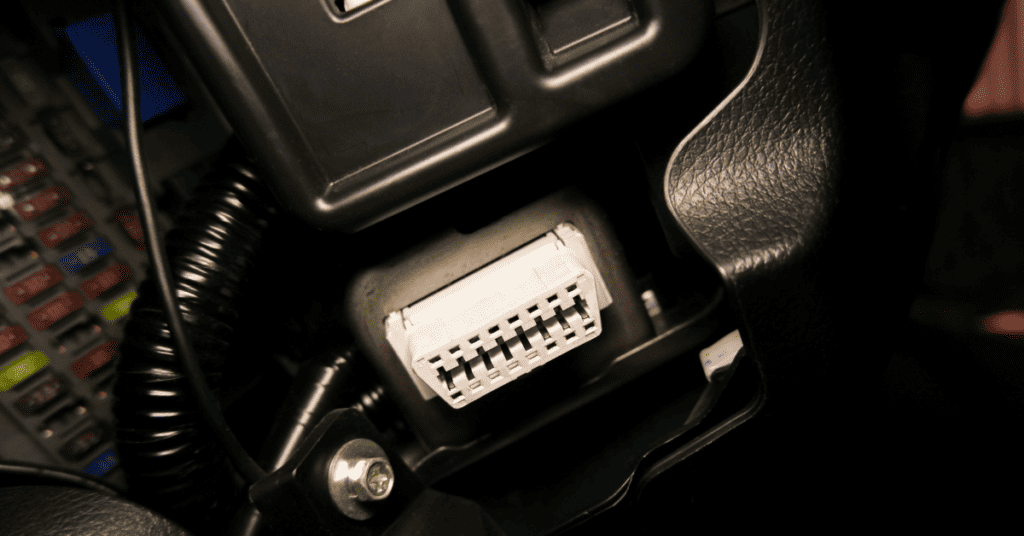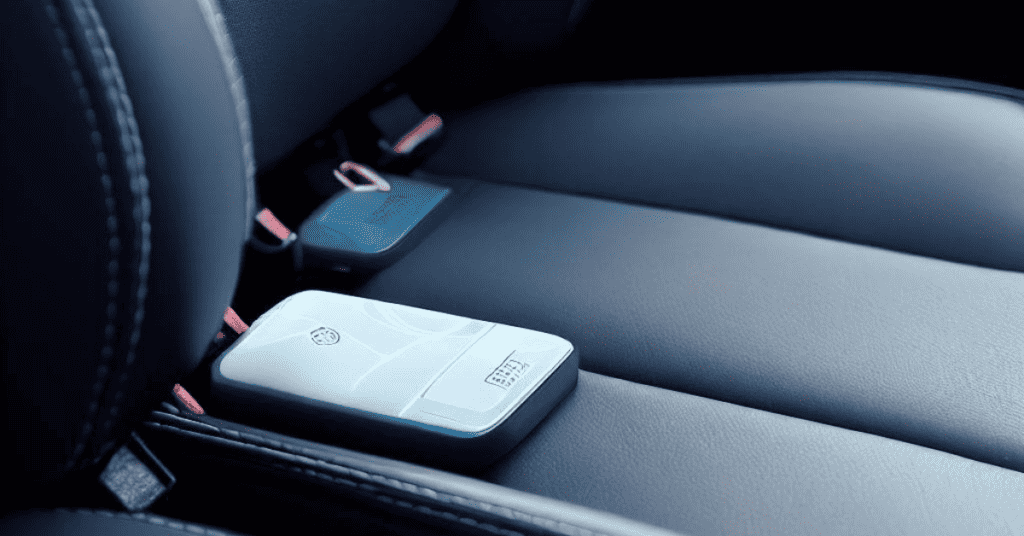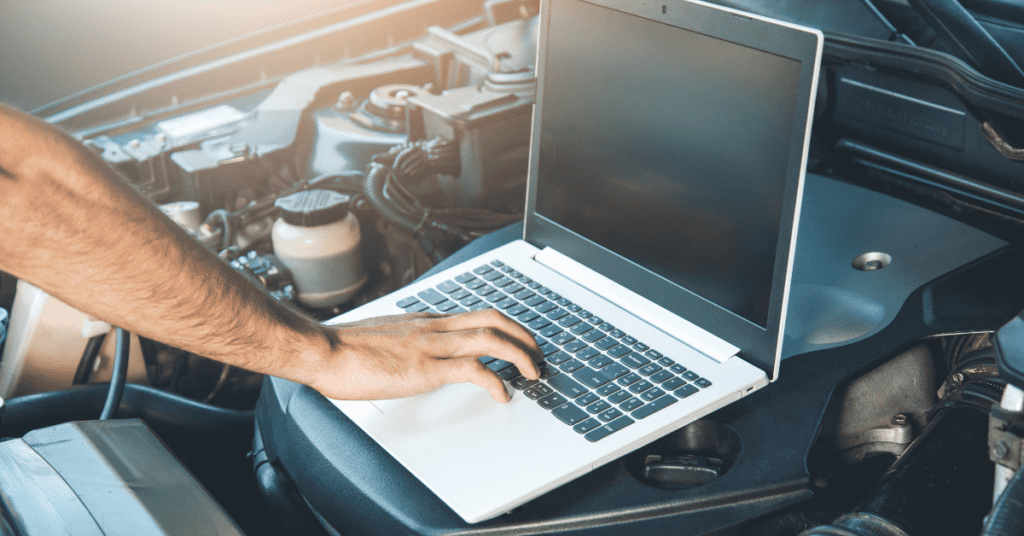According to the FBI, about 720,000 cases of stolen vehicles are reported each year in the United States. Their statistics also note that almost 220 out of 100,000 Americans experience car theft yearly.
In the purview of rising motor theft cases, installing a GPS or global positioning system is the need of the hour as they secure your vehicles and offer a wide range of amenities. Find your answers below if you’re wondering where to hide GPS trackers in a car.
Where To Hide a GPS Tracker in a Car?
Over time, global tracking devices are reducing in size, and their internal mechanism is getting more sensitive and advanced. Such a dual nature has proved beneficial for business owners and daily commuters to track their cars for security reasons and monitor employees and drivers to ensure professional efficiency.
GPS trackers can be of various orientations and types. While some are magnetic, many have intricate wiring systems and plug-and-pull mechanisms.
Out of these three types, magnet-based GPS trackers are the most popular among car owners. Their easy-to-attach feature enables you to hide tracking devices anywhere in a car, like:
1. Diagnostic Port

The diagnostic or OBD II port is a well-known GPS device with a long battery life, and the car owner can easily install it. The diagnostic port is usually near your steering wheel, which allows you to plug in and detach it whenever required without causing damage to the car. In addition, the car owner doesn’t need to recharge occasionally.
The only downside of the diagnostic port is that a thief or a perpetrator can locate the GPS tracker in the OBD II port with little hassle. However, modern cars often have an OBD II port designed near the driver’s knee.
That site may be a bit inconvenient, but not a stealthy place to hide a tracker. In comparison, some cars have an OBD II port installed near the hood, which is well-suited for security reasons.
2. Wheel Wells and Bumpers
Wheel wells and the inside of the front and rear end of bumpers are a few of the prevalent hiding places where the fleet manager can hide a GPS tracking device. It’s an unusual place for a perpetrator to find a tracking device there. While installing the tracking device, extend your reach and place it at the farthest point.
If you intend to attach the tracking device to the bumper, ensure you don’t remove the bumper. That’s because the removal might leave scars on its surface. Instead, use velcro to attach the tracking device inside the bumper.
In the case of wheel wells, most car owners use adhesive to implant the GPS tracker or use the magnetic tracker to attach them to the wheels. However, follow the user’s manual or seek the GPS technician’s help while installing the hard-wired tracking device. That way, you may prevent the car’s internal circuit from any potential damage.
3. Underside of Car

The car’s underside has several metallic parts that allow the car owners to attach GPS trackers with a magnetic base. It’s an inconvenient place for a thief to search for the tracker because they have to lie under the car to remove the tracking device.
While choosing a tracking device to install in the car’s undercarriage, the owner must consider spending money on a sturdy tracking device. The tracker has to endure dirt, gravel, and other external particles.
Therefore, select a GPS unit that is dirt-proof, low-cost, lightweight, and has strong magnetic power. Such trackers have batteries worth three weeks before they need charging.
4. Beneath the Seats and Door Panels
Another unpredictable site where you can hide a GPS tracker is beneath the seats. Even if it’s not an inconvenient place to hide a GPS device, few will think of checking the upholstery of the car seats or beneath the floor mats for the positioning device.
Besides the seats and their undersides, thieves will never expect the presence of a tracking device within the door panel. Even thieves need time to take apart the door panels to search for a tracking device. These minutes are enough to alert the local police authorities and catch the perpetrator.
A tracker best fitted for door panels needs to have a long battery life, almost close to twelve months.
Note: Often, car owners choose to track vehicles with mobile apps that allow the operator to change the tracking mode from intensive to low-power.
5. Inside the Seat Cushions

If you’re looking for an appropriate place you can access without difficulty and not everyone can suspect it, then the seat cushion is a highly probable site. You can easily access them and change the batteries whenever required. None will suspect their presence as long as they remain hidden and do not poke around.
Before making seat cushions a permanent site for hiding your trackers, consider testing the quality of the GPS signals. Often, thick cushions suppress the signals and delay the reading. If such a situation recurs, change the hiding site and choose a place where it’s easier to install and access.
6. Under the Dashboard
A dashboard is a perfect place for hiding wired GPS trackers without drawing attention from outsiders. Get professional help to assist and assemble the wiring system inside the dashboard without causing an electrical disturbance within the car interior. Besides the car dashboard, the glove compartment can be an appropriate place to hide tracking devices.
7. In the Brake Lights

Several car owners install GPS tracking devices within the brake lights, as hardly anyone would suspect a tracker hidden there. The operator can access the GPS unit through the trunk and should be aware that the device doesn’t block the light. However, if the car experiences any brake-related issues, chances are high that the mechanic will discover the tracking device.
Why Do we Need to Install GPS Trackers in Cars?
There are a multitude of reasons why GPS trackers help car owners and drivers. Whether it’s a fleet management company or a personal car, here are some benefits that every car owner enjoys:
1. Provides Real-Time Information

The GPS tracking system provides real-time location information using geofencing features to alert the car driver or fleet managers about the vehicle’s current status. It allows the managers to understand if the driver is moving along the predetermined road or deviating from the path.
They can analyze the real-time data obtained from the tracking system to make intelligent decisions. With the embedded sensors and regular updates on the car status, fleet managers can reduce automobile expenses, choose the correct driver for their delivery assignments, maximize revenues, and improve productivity.
2. Enhanced Time Management
The car’s tracking system ensures the owner doesn’t miss an installment payback date. The fleet manager or personal car owner can eliminate any billing mismanagement using the GPS digital card verification system.
GPS’s time-tracking feature enables proprietors to record the working duration of the crew members, especially when the vehicles started and stopped.
In addition, GPS allows you to set up an automatic report that ensures all employees have received their payments according to the hours they’ve worked for the company. This time-tracking mechanism further simplifies payroll management and reduces the chances of overbilling.
3. Improved Customer Satisfaction
GPS mechanism enables your fleet managing company to work with increased efficiency and thus provide potential customers with timed reports and service gratification. With real-time data concerning driver behavior, route preferences, and vehicle performance, fleet managers can improve their quality of service and comply with statutory regulations.
Even better, GPS’s data report enhances the customer experience by responding to their timely grievances and updating them with their delivery status.
4. Better Fleet Security
The safety and security of the products are the top priority for every fleet manager. Positioning devices allow managers to create a digital boundary around the products and vehicles.
The geofencing attribute sends signals to the fleet manager or the driver if a product or a vehicle crosses the perimeter of the designated area.
Furthermore, a tracking system suggests safe resting areas to avoid potential theft or danger.
Using this mechanism, fleet managers alert customer bases regarding the time and place of the fleet delivery. Such an arrangement reduces the chances of unauthorized vehicle movement from the designated facility.
5. Lessen Fuel and Fleet Maintenance Expenditure

Several businesses and personal car owners have experienced a cut in fuel expenditure with the help of GPS tracking devices. It provides shortest route preferences, monitors drivers and crew, and more. Such route-planning features help fleet managers and car drivers save time and money, improve driver productivity, and reduce unnecessary fuel expenses.
Advanced and sensitive tracking devices allow drivers and managing authorities to understand and assess the health of a vehicle. Modern tracking devices have various diagnostic features embedded in them, like:
- Fuel level indicators
- Engine temperature indicators
- Vehicle diagnostics
Such attributes send regular alerts signifying the need for:
- Wheel replacements
- Oil changes
- Routine maintenance.
6. Reduce Insurance Cost
Major insurance companies provide discounts to cars and vehicles equipped with GPS trackers and allow car owners to pay premiums as low as 30%. The tracking system alerts the car driver and manager if the vehicle deviates from a predetermined safe route.
It signals the respective fleet managing department who can send help that improves the chances of recovery of the theft vehicle, equipment, or delivery products.
7. Improves Vehicle Maintenance

GPS improves the lifecycle of the vehicle and its equipment by alerting the owners when the vehicle requires maintenance. Regular servicing of the cars and equipment increases their longevity and prevents you from spending a considerable amount in the future on large-scale repairs.
Further on, these small servicing initiatives protect the crew and cars from imminent or potential dangers. Using the GPS real-time analysis, you can make intelligent decisions about when to replace the vehicle or which driver to choose for a long-run journey.
8. Tracks Employees
Modern tracking devices provide a live map service that updates instantly and records any route your employees take while driving the fleet car across the state. Therefore, the tracking service of GPS includes locating the vehicles and tracking crew members and their movements.
The modern tracking software enables you to monitor and observe whenever the driver deviates from the assigned route, swerves, and pulls brakes unnecessarily.
The hard evidence of the employee’s behaviors, whether they’re speeding up on busy highways or stopping at unsafe areas and delaying the delivery on purpose, comes from the tracking devices. Using these data points, the manager or company authorities can make decisive changes or check if the drivers follow road regulations and company procedures.
9. Reduces Downtime

Often vehicles break down in the middle of operation for various reasons like unplanned maintenance, technical disturbance, road law violations, and more. These unprecedented causes can hamper a fleet-managing company’s productivity, and eventually, customers will lose their trust in them.
GPS can reduce car downtime with:
- Carefully curated route planning
- Scheduling regular servicing
- Recording driver behavior
- Alerting potential danger or violation
- Updating managers and customers with instant location-based information
10. Locates Assets
When GPS tracks down vehicles, they swiftly locate assets and their status and alert authorities in case of any damage. In asset tracking, satellites read the GPS or Radio Frequency Identification (RFID) tags and barcodes to trace their position.
If a product moves out of the geofence or the predetermined digital boundary, the managers will readily retrieve them using satellite-transmitted real-time readings.
GPS data doesn’t limit to sending information about asset positions but delivers prospective data about its maintenance schedule and ownership.
This information improves the company’s bottom line, boosts control efficiency, and prevents the loss of products. Above this, such monitoring services quicken the audit process as the data collected is always kept updated and accurate.
Tips To Consider For Hiding GPS Tracker in a Car
Before selecting an ideal place to hide a tracker, the car owner should be wary of the factors that make the site appropriate. Some tips to consider before installing the GPS unit if you’re still wondering where to hide a GPS tracker in a car:
- Look for a spot where a perpetrator won’t think of searching.
- Ensure the tracking device is out of sight and shouldn’t be easily spotted.
- Attach a compact GPS unit with light weight and long battery life.
- Choose a place that is inconvenient for a thief to inspect.
- Select trackers with magnetic covers because they fasten firmly to the metallic body of the vehicle.
Verdict
GPS tracking devices have immensely benefited multiple people across various industries that involve cars and other heavy-duty vehicles.
With personal car owners, GPS has improved their navigating abilities and saved fuel consumption by offering the best route options.
Besides fleet management companies, taxi or cab companies use tracking devices to monitor their transport services and improve customer experiences.

Stefan Quartemont is an experienced author and expert on GPS technology, with a particular interest in its practical applications. He gained his knowledge of GPS tracking during his studies at Texas A&M University and has since become a regular contributor to TraxFamily.com, providing valuable insights into the latest developments in GPS tracking. Stefan’s expertise and passion for leadership make him a respected authority on GPS technology, and his work with TraxFamily.com is highly beneficial to anyone interested in staying up-to-date on this exciting technology.
